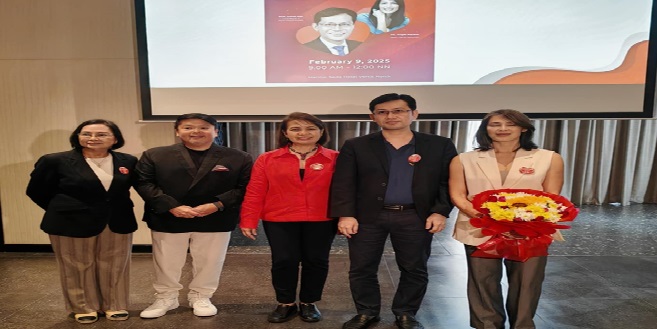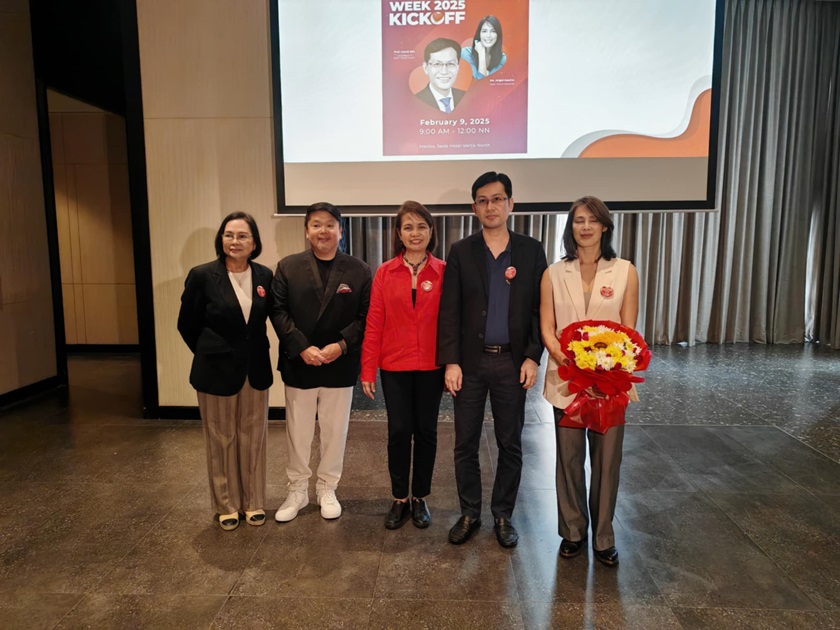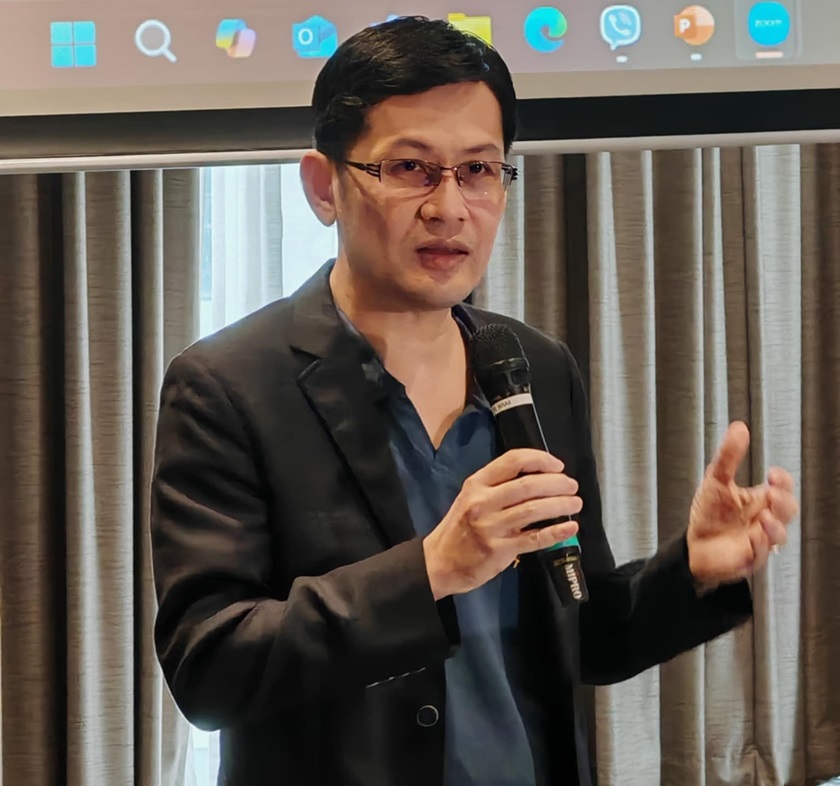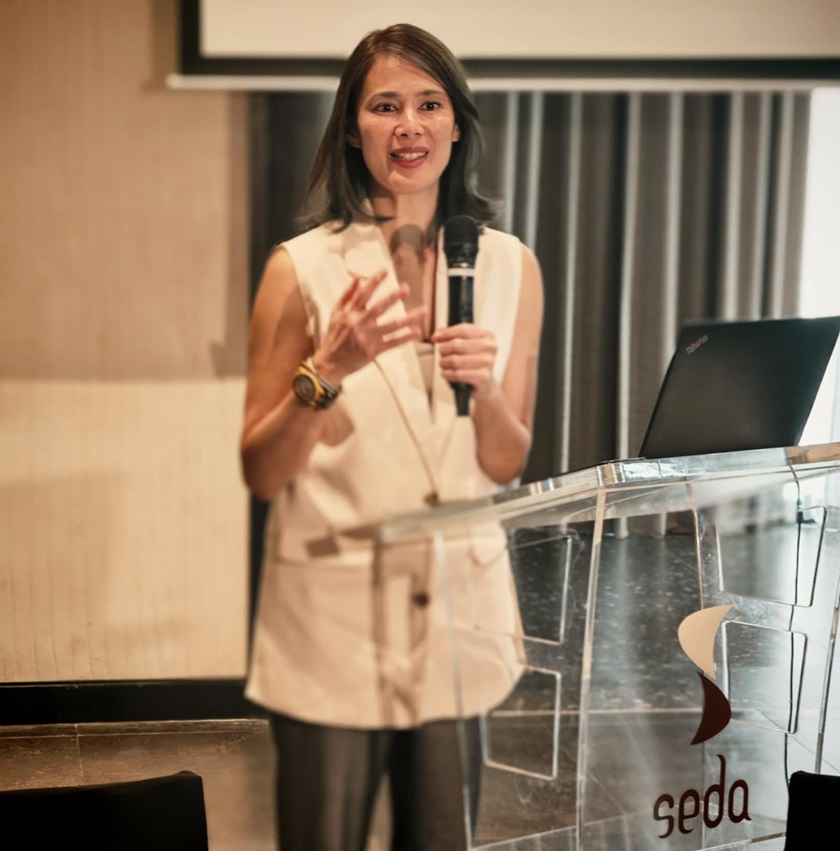
Heart failure (HF) is a complex and life-threatening condition that can affect anyone. It can result from various health issues, including coronary artery disease, high blood pressure, heart attacks, cardiomyopathy, arrhythmias, heart valve problems, and congenital heart disease.

Despite being one of the most critical yet underrecognized global health crises, HF affects over 60 million people—more than five times the number of cancer patients worldwide. Its impact is devastating, with nearly 50% of patients succumbing within five years of diagnosis.
Addressing the Heart Failure Epidemic
During the 2025 Heart Failure Awareness Week kick-off, organized by the Philippine Heart Association (PHA), renowned Singaporean cardiologist Prof. David Sim highlighted the urgent need for stronger HF initiatives in the Asia-Pacific region. Sim, who delivered a talk titled “Is it Possible in the Asia-Pacific?”, emphasized that HF is a “devastating pandemic.”

The prevalence of HF in the Philippines is estimated at 1.6%, affecting 16 out of every 1,000 patients. It remains a leading cause of hospitalization, placing a heavy financial burden on the country’s healthcare system.
Dr. Erlyn Demerre, Chair of the PHA Council on Heart Failure, explained that at the forefront of addressing this crisis is the newly launched PHA National Heart Failure Network (PHA NHFN). This initiative brings together advocates and experts from 18 PHA chapters and 25 training institutions to enhance HF literacy, establish a national network, and promote preventive healthcare practices.
A Nationwide Approach to Heart Failure Management
The PHA NHFN’s key strategies include:
- Developing a comprehensive care and referral system
- Establishing a multi-specialty team approach
- Contributing to a national registry to support research initiatives
Prof. Sim underscored that beyond its high mortality rate, HF significantly burdens healthcare systems. It is the leading cause of hospitalization among individuals over 65 years old, with a median 30-day readmission rate of 24%. Without immediate intervention, HF will continue to strain medical resources and claim millions of lives prematurely.
Expanding HF Care Beyond Hospitals
Sim stressed that HF care should not be limited to specialized hospitals in Metro Manila. Instead, it must reach Filipinos across the country, from urban centers to remote provinces. The PHA NHFN aims to establish a systematic, nationwide approach to HF management by collaborating with hospitals, clinics, and primary care physicians.
Additionally, the network seeks to empower patients and families. Many HF patients in the Philippines struggle due to a lack of awareness, poor access to follow-up care, and financial challenges. Sim highlighted the importance of patient education programs and family involvement, given that healthcare decisions in Filipino culture are often made collectively. By educating both patients and caregivers, the NHFN hopes to strengthen long-term disease management.
Leveraging Technology for Better HF Care
The role of technology and innovation is crucial in modern healthcare. Sim urged the HF network to embrace advancements like telemedicine, mobile health apps, and remote monitoring. These tools can provide consistent medical support, even from home, ensuring early intervention and better patient outcomes.
Integrating digital tools and AI-driven diagnostics into HF management can shift the healthcare system from a reactive approach to a preventive and proactive one—helping predict complications before they arise.
A Call for Collective Action
The battle against HF requires a multi-sectoral effort. “The fight against HF is not the responsibility of doctors alone. It demands collaboration among government agencies, private institutions, non-government organizations, and the public,” said Dr. Orlando Bugarin, Co-Director of the PHA NHFN.
PHA Secretary Dr. Auroria Gamponia reinforced the need for widespread advocacy, stating, “Involving a global network of influential individuals is crucial for the success of the National Heart Failure Network. HF is a serious condition that every Filipino family should be aware of.”
Dr. Demerre emphasized the importance of prevention: “One in every four Filipinos is at risk of HF. Hypertension, stress, and poor dietary choices contribute to this condition. That is why the PHA is leading the NHFN movement. We want Filipinos to know that HF is preventable and that there is life after heart failure. We must promote heart health awareness every single day. Let us all be advocates for a Heart Failure-free Philippines.”
About Prof. David Sim
Prof. David Sim is a leading cardiologist specializing in HF management, clinical research, and heart transplantation. He serves as a Senior Consultant and Head of the Department of Cardiology at the National Heart Centre Singapore (NHCS), where he also directs the Heart Failure Programme. Additionally, he is a Clinical Associate Professor at Duke-NUS Medical School and an advisor to the Hong Kong Heart Failure Society.
His extensive experience in HF treatment and research makes him a key figure in advancing heart failure care across Asia.
A Step Towards a Healthier Future
HF is a formidable challenge, but it is not insurmountable. Through early detection, patient education, continuous care, and national collaboration, the fight against HF can lead to transformed lives and restored hope. The PHA NHFN is leading the charge, ensuring that heart failure management becomes a nationwide priority—one that reaches every Filipino in need.
REAL-LIFE “ANGEL”: AQUINO TALKS FROM THE HEART
Mastering the concept of versatility in being both a protagonist and a villain in her prominent acting career, Angel Aquino also works behind the scene as a champion of heart health and women’s rights among other advocacies.

With her routine to always physicalize and internalize before she executes the lines for her various roles, Aquino, at the end of the day, also makes sure to maintain being physically and mentally well. Thus, she looks 10 years younger. She is 52 years old.
She has been concerned about people, particularly women, in living well and getting themselves checked emphasizing that women in their 50s may be old, but healthy and can keep going.
Aquino, as an advocate of heart health, also stressed that it is important to exercise and eat right with fish, fruits, and vegetables in their diet. She also participated in the call in reducing the rate of cardiovascular diseases in the country during the World Heart Day (WHD) in the collaboration with the Philippine Heart Association (PHA).
In her talk in the National Heart Failure Network (NHFN) event, Aquino challenged the pubic to be aware of cardiovascular diseases particularly heart failure and to take care one’s heart as a personal mission.
“We need to build a stronger, more informed community—one that does not wait until it is too late. We want Filipinos to recognize the signs, seek help early, and prioritize heart health not as an afterthought, but as a necessity,” Aquino said.
Aquino also wrote a book called, “Love at First Run,” which she co-authored with the managing editors of several magazines like Runner’s World Philippines, Good Housekeeping Philippines, and Candy.
As a “human mom” not a “super mom,” Aquino also highlighted that part of empowering women is not having been able to do it all and acknowledging the real struggles in order to understand more how to fight back in life.
Meanwhile, multi-awarded host Boy Abunda and King of Philippine Pop Martin Nievera had also pledged their support for PHA-PCC National Heart Failure Network (NHFN) when it was launched on May 25, 2021, at Edsa Shangri-La, Mandaluyong.
During the event, Nievera performed four songs, including Heart to Heart and Footloose, to inspire attendees, while Abunda took charge of the interview segment, engaging with HF patients who shared their personal struggles and triumphs.
One of the featured patients, Sonny Ku, a 50-year-old advertising mogul, recounted his battle with heart failure. After undergoing angioplasty 15 years ago, he admitted to returning to his old unhealthy habits, which led to a heart attack in 2019.
Under the care of Dr. Erlyn Demerre at St. Luke’s Medical Center, he spent 80 days in the hospital, three of which were in the critical care unit (CCU). Ku described his recovery as a roller-coaster ride, where some weeks were promising while others left him feeling like he wouldn’t survive. Now, he prioritizes his health by maintaining a balanced diet, avoiding alcohol, and walking daily. “I have to take care of my heart,” he shared, emphasizing the importance of regular consultations and strict adherence to medications.
Ku’s experience highlights the glaring disparity in HF care across the country, particularly when compared to Angelina Wee, a patient from Tawi-Tawi. While Ku had immediate access to top-tier facilities and specialists, Wee faced severe limitations, including the need to travel to Zamboanga for monthly tests after her mitral valve surgery in Manila. The contrast in their journeys underscores the urgent need for a nationwide HF network that provides accessible treatment and specialized care beyond Metro Manila.
HF remains a growing burden, but with strengthened collaboration among healthcare professionals and improved public awareness, better outcomes are possible for all Filipinos, regardless of location.







